Secure your gate
Most break-ins happen through gates that are not secured correctly by installer.
Even heavy gates can be lifted with one hand and a crowbar:
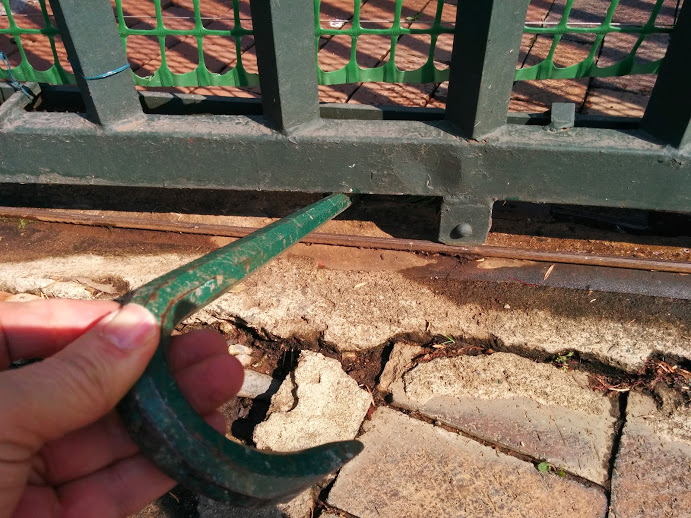
If there is space, the guide can be broken off
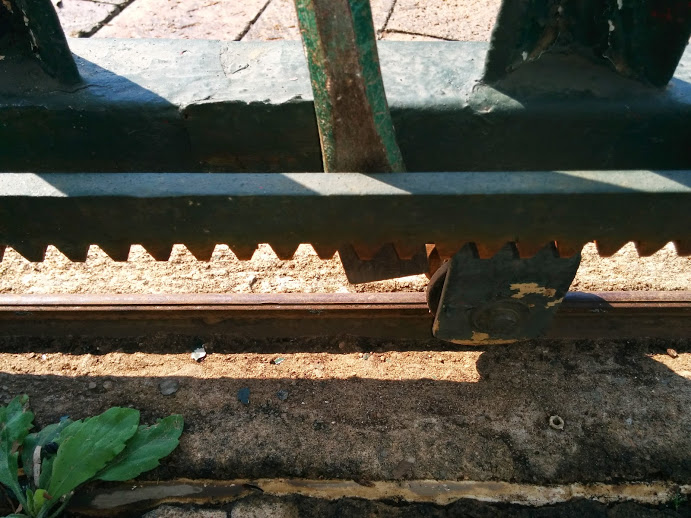
or bent, so the gate is loose.
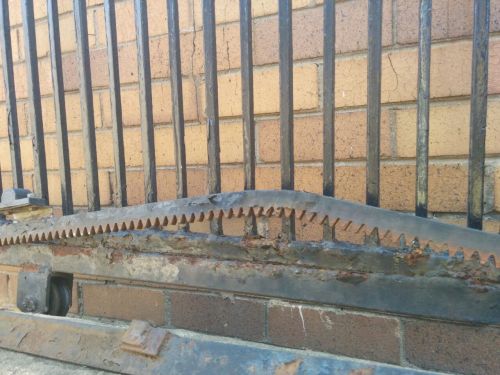
Suggestions
Install anti-lift where the gates closes (in front) and at the rear.
Pin in the front part at the bottom that locks in thick metal plate when gate closes:
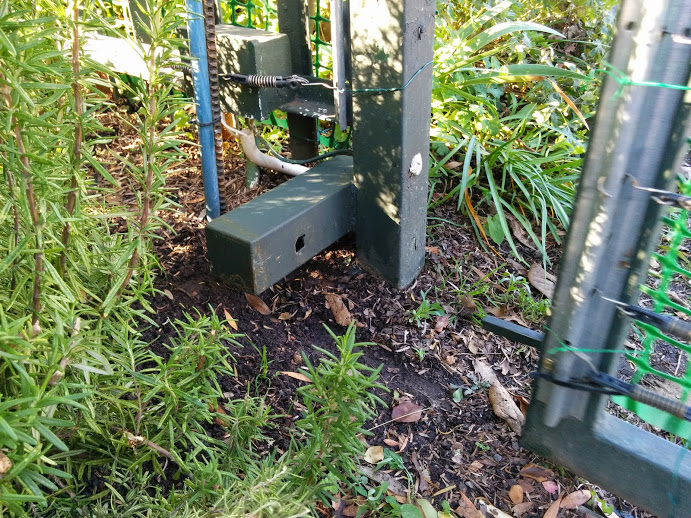
Anti-lift in the front at the top. Should check that the play is not too much:
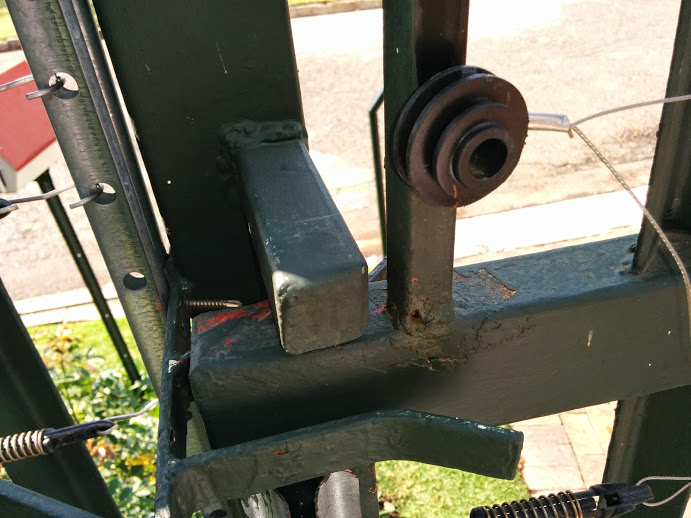
Anti-lift at the rear at the bottom:
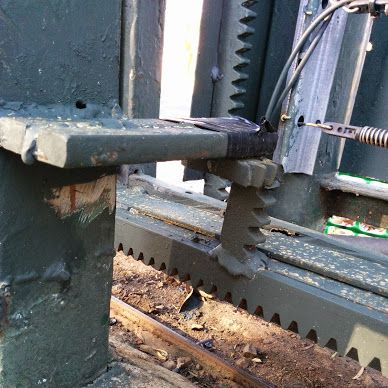
Gaps between gate and motor guide should be covered so that a crowbar can't fit:
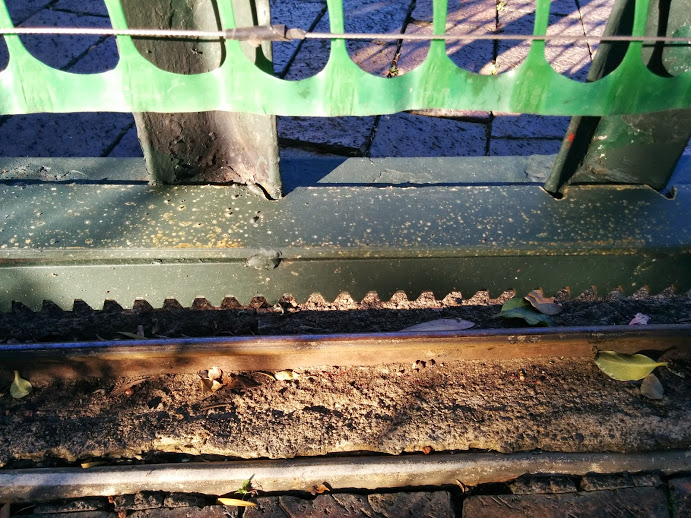
Lastly there shouldn't be big gaps near the gate motor:
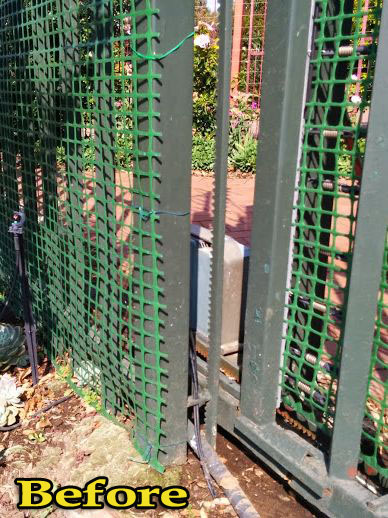
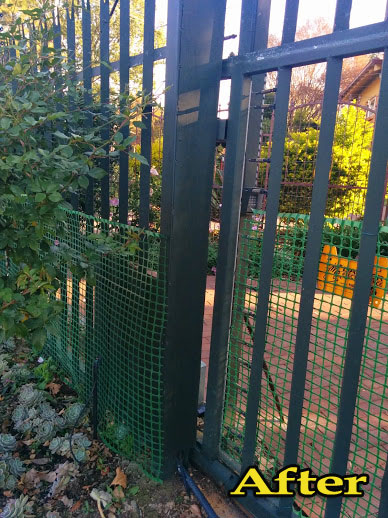
The gate motor should be in cage and out of sight:
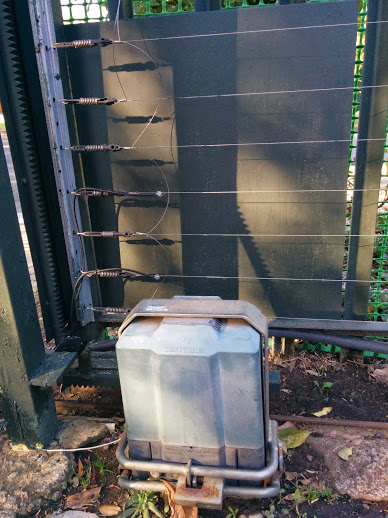
Please post comments and suggestions in Gate security forum
Guidelines for home security
Many levels of defense should be set up to keep intruders at bay. Creating obstacles can buy a few seconds, which could be life saving.
1. Wall/palisade
Most houses have a wall or a palisade around the property. Although necessary, it is certainly not sufficient to keep intruders out.
Walls are easy to climb, even your own dustbin or nearby branch can provide access. Spikes can be managed by hammering them down or by throwing a piece of carpet or styrofoam over them. Palisades are easily bent open using an ordinary car jack.
A high, solid wall also has its disadvantages. No one one can see what's going on behind it, so once inside, no one knows/hears what is happening behind the wall, even in the middle of day!
2. Driveway gate
The driveway gate is the weakest spot and one is most vulnerable upon entry to your property. As the gate opens initial defence systems are disarmed.
When approaching home, check mirrors: if a car is behind you, even if it seems familiar, rather avoid entering and drive past your property making sure you are not being followed. Also always scout the area as you approach. Look out for people walking nearby or just loitering. Rather pass by or alert your security company to escort you into your property. Avoid planting shrubs or trees near your entrance or if you do have them, prune regularly as they can provide hide outs.
Remote control gates are preferable, to avoid stepping out the car, especially at night.
It is advisable to install a buzzer inside the house indicating when the gate is opening or closing. This can alert you if the gate was left open accidentally or is being accessed.
3. Electric fence
- Should be around the circumference of the property. Don't rely on the neighbour's fence as it might not be functional at all. Electric fences covering palisades should run from ground level to the top. These are often referred to as "Omega walls". When running only on top of a palisade fence or over a gate, it is very easy to bend the palisades open and gain access from below.
- The electric fence should run from bottom to top of the gate as well, as with fences.
- It should have at least 8 rows and the square tubing used to fix it to the walls should be solid and sturdy.
- Once installed your supplier should issue a certificate of compliance.
4. Outdoor Beams
Outdoor beams can detect movement in the garden. Make sure that all areas are covered and, of course, it should be connected to the central security system.
Special attention should be given to areas of entry such as doors and windows. Don't forget to keep them activated, even if you are at home!
5. Burglar bars and security doors
All windows should have burglar bars. If the bars are aesthetically unappealing, there are see-through bars on the market. These are made of poly-carbon and are not easy to break at all.
All doors must have security gates or expandable security gates. Slam locks are preferable as they could provide one with the opportunity to escape when seconds count.
Remember to leave an emergency exit within your home. Often homes are so well burglar-barred that there is no way of escaping in an emergency such as a fire.
6. Alarm system
Choose a reputable security company if you are considering an alarm system and link up with their armed response. Remember to make sure that your alarm also activates when it is tampered with. Check alarm systems regularly to be sure that they are fully functional.
7. Dogs
Dogs are still considered one of the best alarm and guard systems. When choosing it is advised to have at least one big dog for protection and a small one for alarming. A small dog sleeping inside the home is always a good idea as they are usually very alert and can warn one if someone is on the property or trying to gain access.
Sadly sometimes dogs get poisoned.
8. Security cameras
Although video surveillance doesn't offer physical protection, it might discourage someone or give information after an event. It is helpful to have video surveillance if one is inside the home and suspects activity on the outside or if you are not home. It is always better to stay safely inside and alert the police or one's security company when one suspects danger.
9. Thokolosi
A psychological way to put off intruders is to use this widely spread superstition.
One or two unusual statues in the front garden might be helpful to deter superstitious thieves.
There are many urban legends doing the rounds whereby break-ins have been prevented or stopped by placing statues or coffins or even rubber snakes in gardens!
Please post comments and suggestions in Guidelines for home security forum
